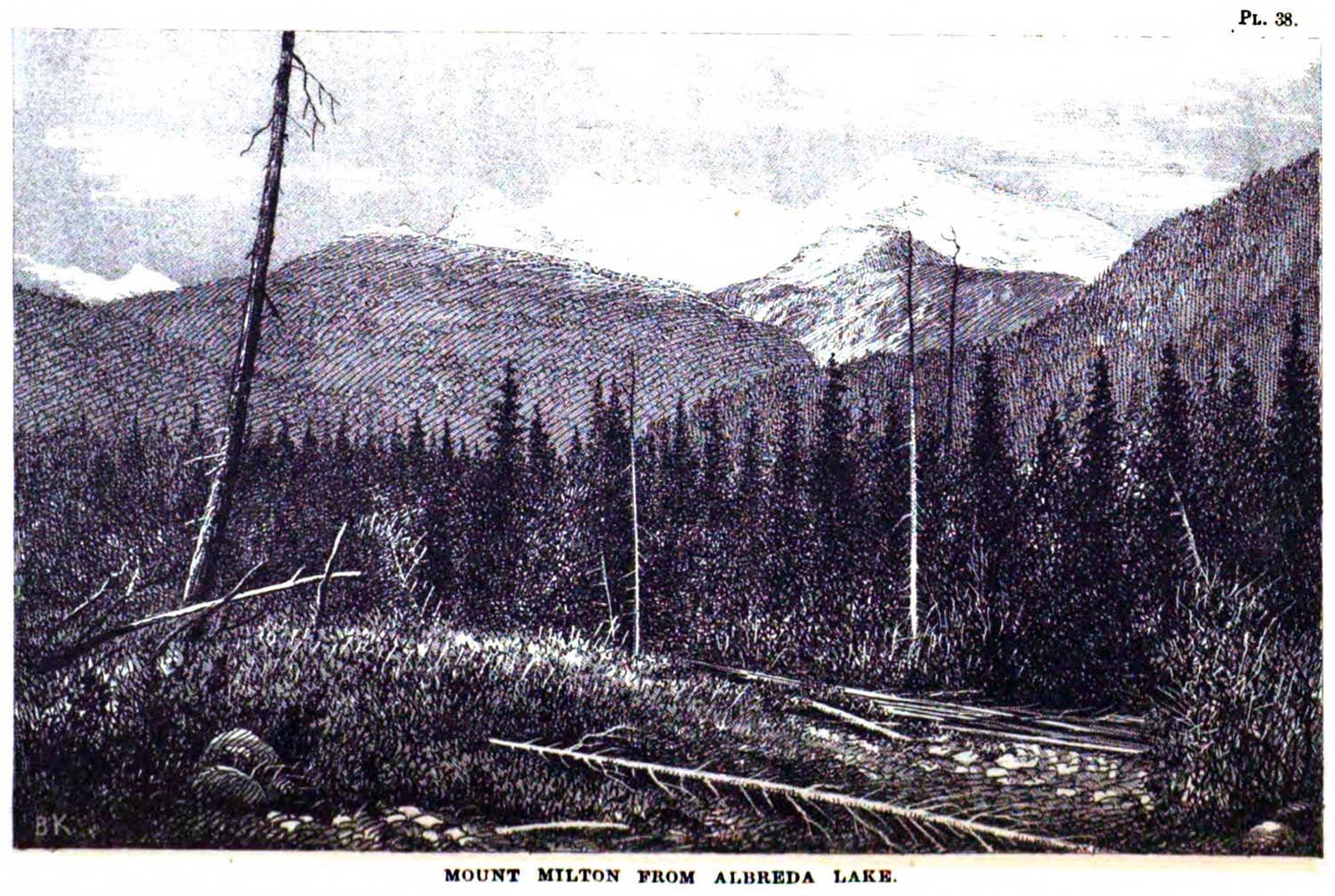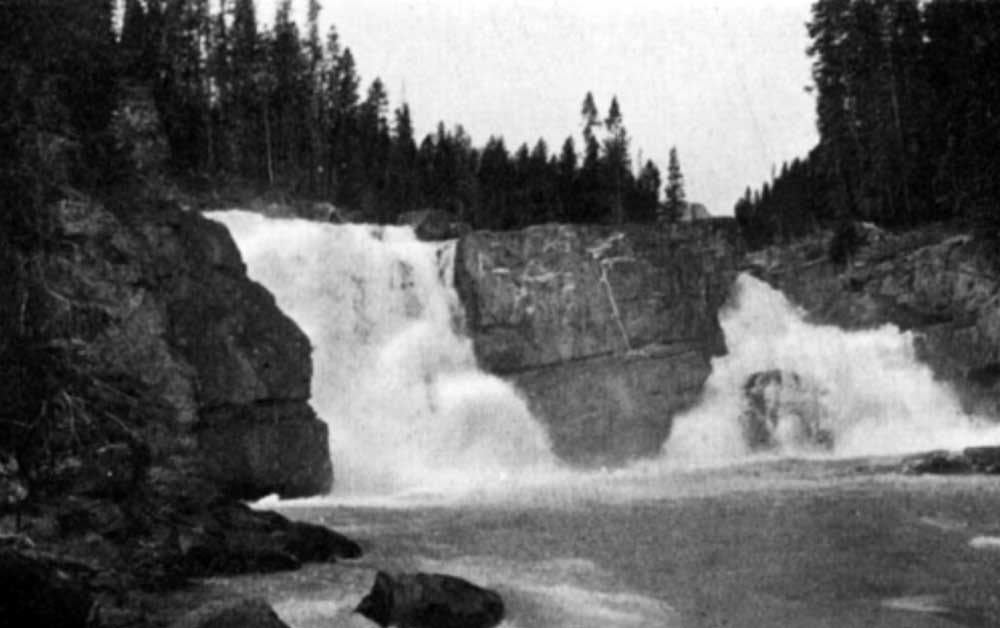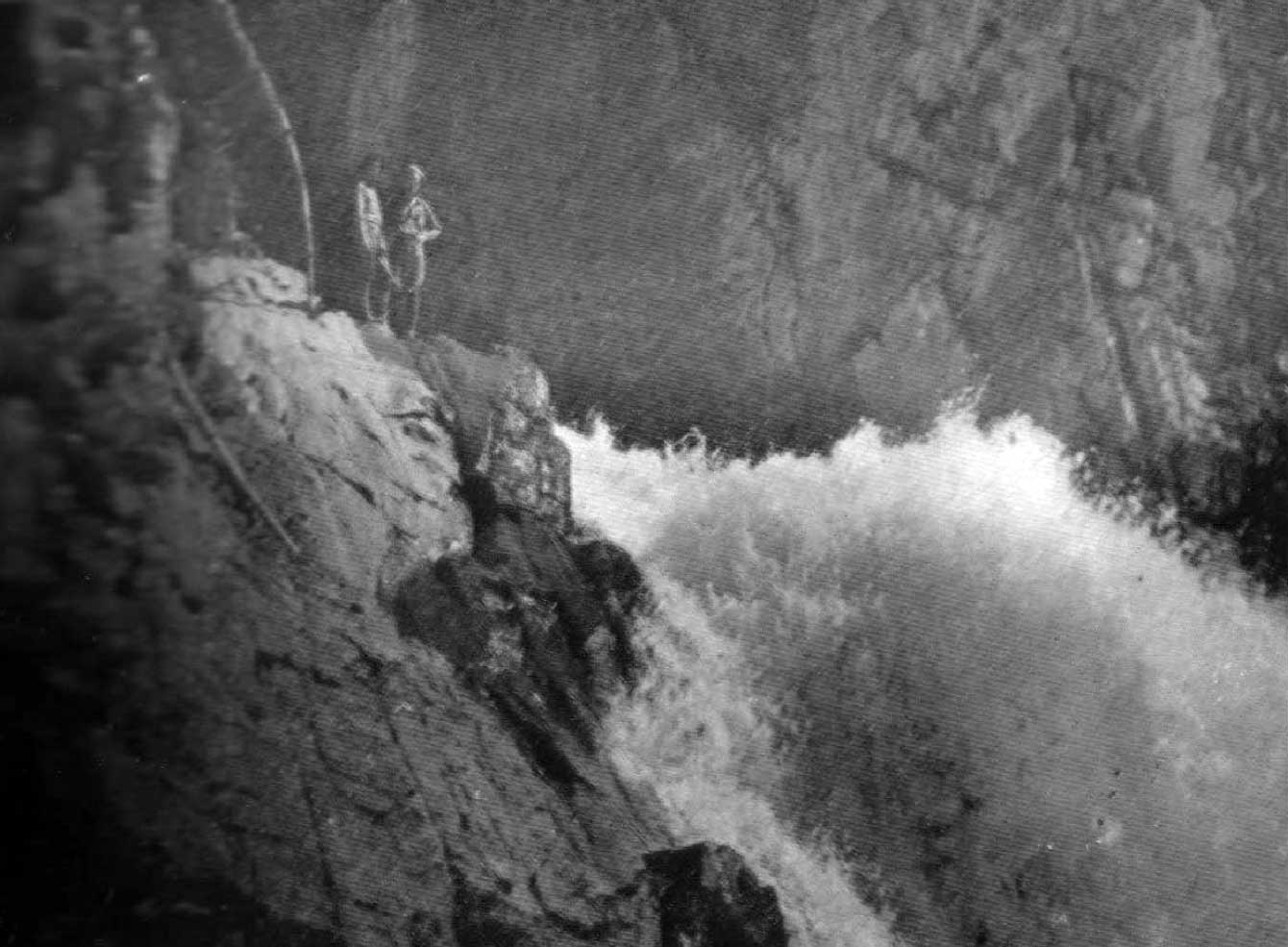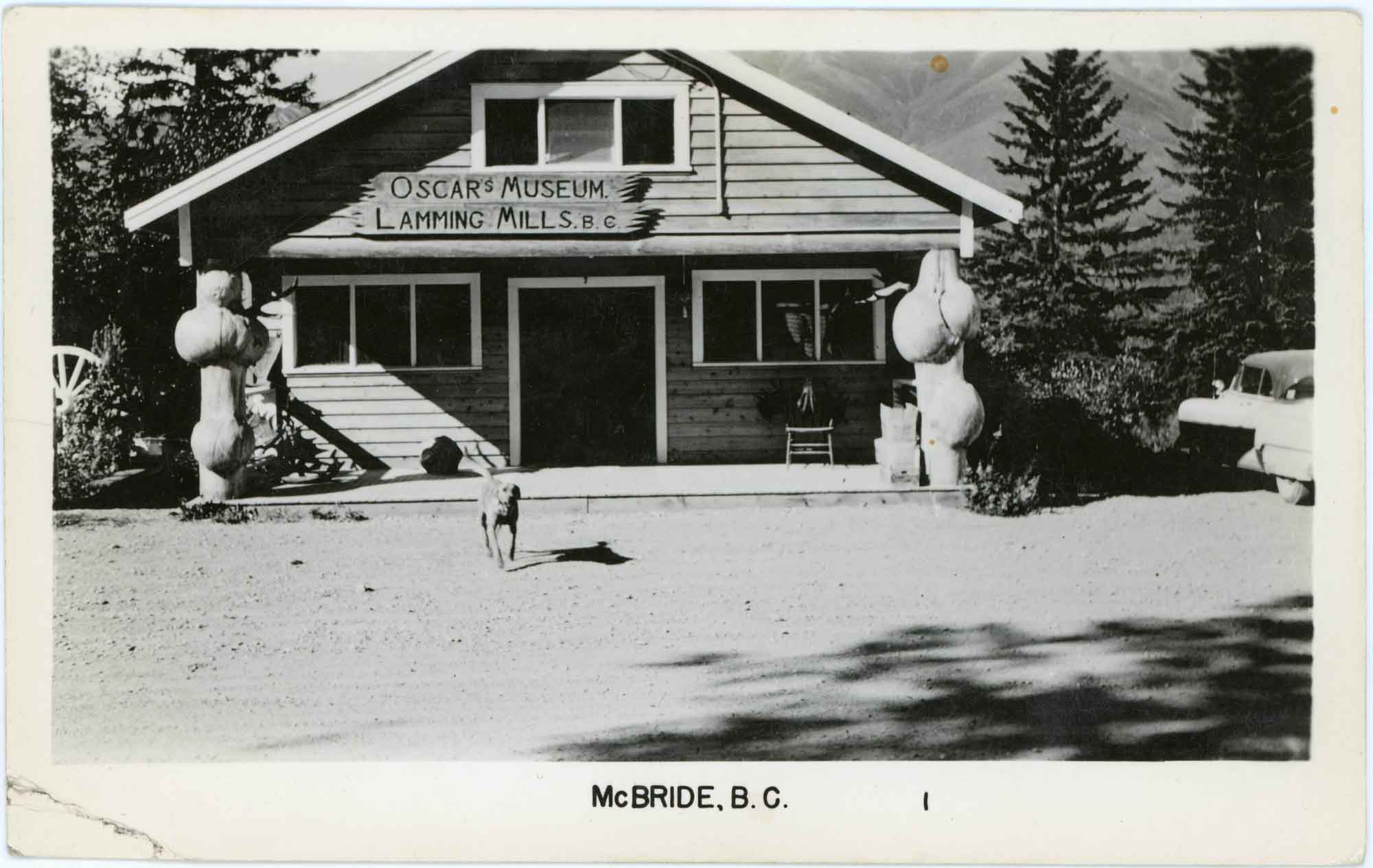Head of Albreda River
52.6333 N 119.15 W — Map 83D/11 — Google — GeoHack
Earliest known reference to this name is 1865 (Milton and Cheadle)
Name officially adopted in 1961
Official in BC – Topo map from Canadian Geographical Names
Milton and Cheadle’s map 1865
Trutch’s map of BC 1871
George Monro Grant’s map of Yellowhead Pass 1872
BC Lands Central BC 1892
McEvoy’s map Yellowhead Pass 1900
Collie’s map Yellowhead Pass 1912

Mount Milton from Albreda Lake. George Monro Grant, plate 38 Ocean to Ocean: Sandford Fleming’s Expedition through Canada in 1872
On July 23, 1863, the British adventurers William Wentworth Fitzwilliam Milton [1839–1877] and Walter Butler Cheadle [1835–1910], heading south from Tête Jaune Cache, passed the height of land, and gained the watershed of the Thompson. This was occupied, they wrote, “by a small marshy lake, marked Albreda Lake in the map, filling the bottom of the ravine. It appeared to have been drained formerly by a stream flowing from either extremity; but the northern end was now blocked up by an old grass-grown beaver-dam, and its waters escaped only towards the south.”
The lake (now filled in) at the pass between the Fraser River and the North Thompson River was named after Milton’s aunt, Lady Albreda Elizabeth Wentworth-Fitzwilliam. In the 12th century Milton’s ancestor, Sir William Fitzwilliam, married Albreda, daughter of Robert de Lixores.
During construction of the Canadian Northern Railway around 1915, Albreda had the first telegraph in the area. Albreda was the inspection point for the Blue River–Jasper subdivision of the rail line. The Albreda post office was open from 1923 to 1948, and again from 1956 to 1959. The small settlement was the site of a Japanese internment camp during World War II.
- Milton and Cheadle; Milton, William Wentworth Fitzwilliam [1839–1877]; Cheadle, Walter Butler [1835–1910]. The North-West Passage by Land. Being the narrative of an expedition from the Atlantic to the Pacific, undertaken with the view of exploring a route across the continent to British Columbia through British territory, by one of the northern passes in the Rocky Mountains. London: Cassell, Petter and Galpin, 1865. Internet Archive [accessed 10 March 2025]
- Trutch, Joseph William [1826–1904]. Map of British Columbia to the 56th Parallel North Latitude. Victoria, B.C.: Lands and Works Office, 1871. University of Victoria
- McEvoy, James E., P.L.S. [1862–1935]. “Map Showing Yellowhead Pass Route From Edmonton To Tête-Jaune Cache.” (1900). Natural Resources Canada [accessed 10 March 2025]
- White, James [1863–1928]. “Place names in the vicinity of Yellowhead Pass.” Canadian Alpine Journal, Vol. 6 (1914–1915):107-114
- Akrigg, Helen B., and Akrigg, George Philip Vernon [1913–2001]. British Columbia Place Names. Vancouver: UBC Press, 1997. Internet Archive [accessed 6 February 2025]
- Topping, William. A checklist of British Columbia post offices. Vancouver: published by the author, 7430 Angus Drive, 1983
- Valemount Historic Society. Yellowhead Pass and its People. Valemount, B.C.: 1984


